
There are quite a few plugins available for Carrara. Which ones do you need? Which will add major features, and which are the most useful? This is not an in-depth review of individual plugins (that will come later), but this overview might get you started.
Modeling and Assembly Room Plugins

Castle crenels are new in ArchiTools 1.3
(image from inagoni.com)
ArchiTools from Inagoni
Carrara Enhanced Remote Control (ERC) is easily Carrara’s most powerful plugin. It allows you to link any function to another with an ERC modifier and a property inspector. Link a shader to a light, link a morph to a bone. Use remote control proxies to control movement on multiple objects, or define an ERC Chain with Delay and Decay to animate ropes, tentacles, and tails. Additional features include a Pin Modifier, and Keyframe Actions to delete all, remove duplicates, and jitter the timing of keyframes across an object or its children.
Carrara Enhanced Remote Control at DAZ3D
Ground Control is terrains on steroids. Import U.S. Geological Survey DEMs or Space Shuttle Radar Topography data to create real world terrains. Use Terragen and World Machine 32bit RAW with Carrara. Elevation data can be applied to a mesh, an AnythingGrooves object, to a Carrara terrain model, or it’s own Ground Control primitive. You can even import an animated image sequence for ocean waves or a boat’s wake!
Ground Control from Digital Carver’s Guild
Shader Utilities

Fake Fresnel adds edge
falloff to glass shaders
Shader Ops from Digital Carver’s Guild
Shaders Plus is a grab bag of “lighting-models” which are added to the top of a shader tree, and change how they render under Carrara’s lights. Bevel smooths the appearance of sharp edges, Anisotropic and Alternative Luster are used to simulate brushed metal and silk. Several shaders are provided to exclude individual lights or just certain aspects of lighting, or can remove the shader from the light interactions altogether. GI Shadow Catcher is easier to set up than Carrara’s built-in shadow catcher for compositing in post, while Shadow Glow creates a dynamic glow channel that dims with light/shade sensitivity. GI Brightness controls how much light is emitted under global illumination. Procedural Lock allows procedural shaders to be used on Carrara-rigged figures without “shader crawl”.
Shaders Plus by Digital Carver’s Guild
Baker allows texture baking of Carrara’s procedural shaders. Lighting and shadows can also be baked onto textures, even global illumination. Baker exports image maps in a variety of sizes and file types to be doctored in a paint program or used in other 3D renderers and game engines, and can replace complex procedural and geometry-aware shaders in your scene that are slow to calculate. Baker added normal maps to Carrara before C8, and it offers a render option to create basic normal maps that can be used on a low-poly plane or tiled as a surface texture.
Baker from Inagoni
2D/3D Procedural Shaders

Go wild with sharp, scalable,
seamless procedural shaders.
Veloute 2 from inagoni
Enhance:C tops all other Carrara plugins with a staggering 200+ shader functions. Everything from fish scales to riveted panels, cloth, wood, and water. Organic noise options include dirt, concrete, and stucco as will as “Minky” and “Bozo”. Frog, Dino, and Monster are ready to create your most complicated alien lizard skins. Tile alone features 39 different patterns, but a dropdown menu and obscure names can leave you scratching your head. Oddly-specific shaders include CD Gradient to get the rainbow on 5″ discs, and digital counters that use binary, octal, and hexadecimal numbering systems. Enhance:C specializes in sci-fi with a suite of 3D shaders for planetary bodies and 2D shaders for ship hulls, windows, and pipes. Fractal and Geometric shaders complete this exhaustive collection.
Enhance:C from Digital Carver’s Guild
more on the next page…
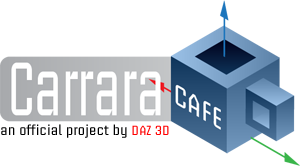
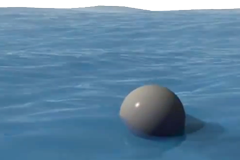
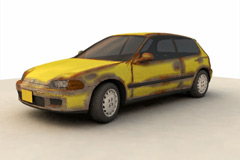
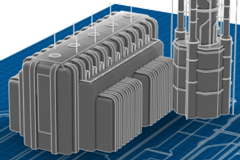
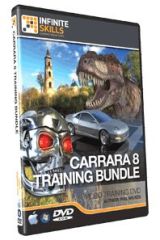
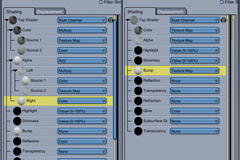
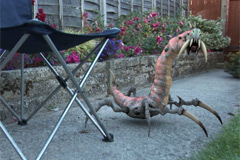
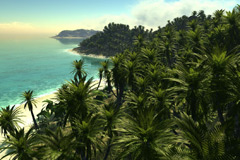
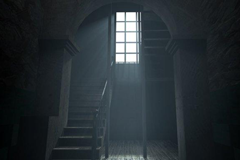
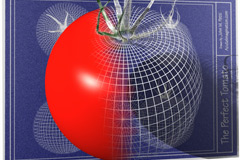
Very informative. Makes me want to get a couple of these. Nice job Holly.
Nice Holly.
The shader section really made my mouth water (probably a plug-in that an help render that. 😉
Thanx for the info.
I have Enhance C,Shader Ops and Anything Goos. They are all awesome!
I would like to see some tutorials on these plug ins.
Thanks for the nice article.
Holly- Nice summary for some of the most useful plugins. Think I may have to finally open my wallet and pick up some of these as they do seem to really enhance the Carrara experience and it is just good business to support the developers of these plugins. Same goes for Daz. Support equals new features . Lack of support means doom.
I’ve been looking for Carrera plug ins. Thanks for this info!
some nice carrara extensions still check out Dimension Theory they have some cool stuff like atmospheric Clouds HDRI and Luminance Lighting that carrara renders very well you can see example in one of my image i posted in user gallery titled
Iron sun
some really nice addons
thanks for this information